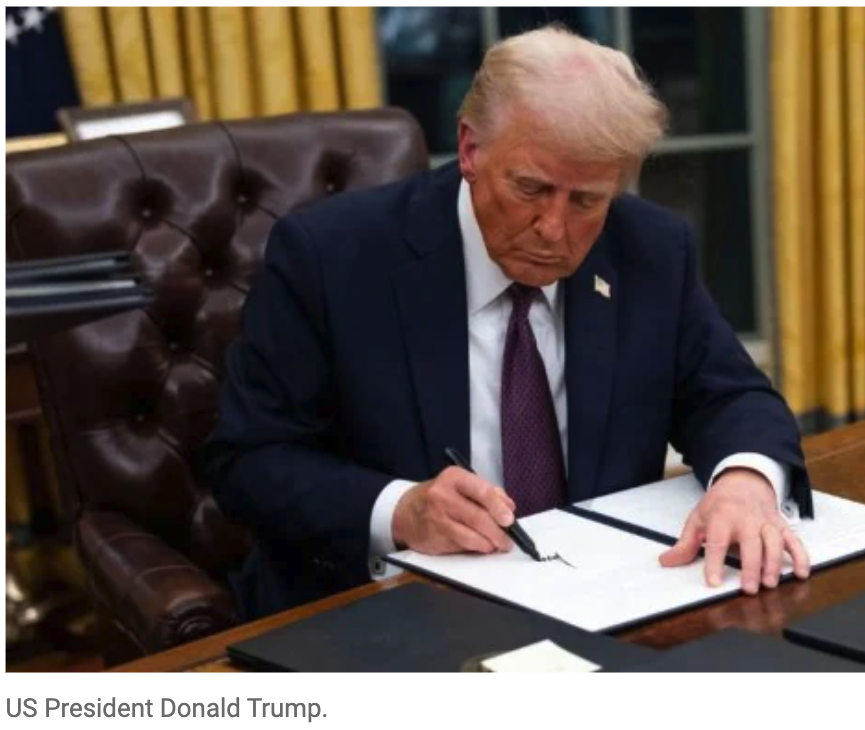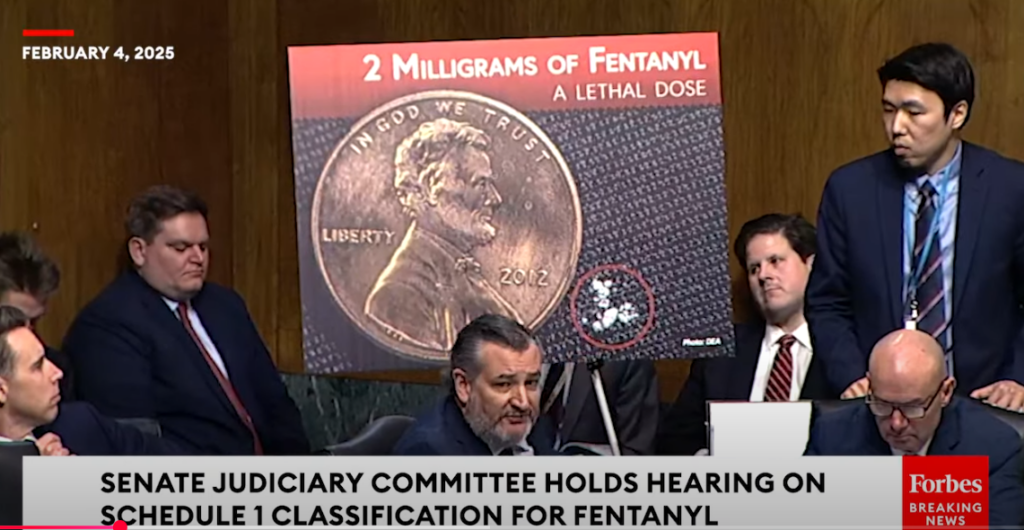Washington, D.C. – The Senate Judiciary Committee recently convened a hearing to discuss the classification of fentanyl-related substances as Schedule 1 drugs, a move aimed at addressing the growing crisis linked to the synthetic opioid. Lawmakers are considering an act that would permanently classify fentanyl and its analogs as controlled substances, in response to the alarming rise in overdose deaths across the United States.
The Scope of the Fentanyl Crisis
Fentanyl, an extremely potent synthetic opioid, has been a significant factor in the U.S. overdose epidemic. According to official reports, an estimated 70,000 people died from fentanyl-related overdoses last year, equating to approximately 6,250 deaths per month. The drug is known for its high potency—just 2 milligrams, an amount comparable to four or five grains of sand, can be lethal.
Federal agencies have reported substantial seizures of fentanyl at U.S. borders. In a recent month, U.S. Customs and Border Protection intercepted approximately 2,250 pounds of fentanyl. To put this into perspective, a single kilogram of fentanyl could potentially cause 905,000 fatalities—equivalent to the entire population of Austin, Texas. In total, authorities estimate that the amount of fentanyl seized in a single month contained roughly 510 million lethal doses, surpassing the quantity needed to fatally affect every individual in the United States.
Personal Stories and the Human Impact
The hearing included testimonies from individuals who have experienced the devastating impact of fentanyl firsthand. Jaime Puerta, a Marine Corps veteran shared the tragic story of his 16-year-old son, Daniel, who unknowingly ingested an illicit fentanyl-laced pill. “If you don’t think this can happen to you, I’m sorry, but you’re very mistaken,” Puerta emphasized.
He also highlighted the dangers young people face when experimenting with substances. “Children are supposed to make mistakes, but they’re not supposed to die from them,” he stated, urging parents to recognize the widespread reach of the crisis.
The Role of Social Media and Distribution Channels
Experts and lawmakers also raised concerns over the role of social media in fentanyl distribution. Platforms such as Snapchat have reportedly been used by drug dealers to reach younger audiences, with illicit drug sales frequently being marked as “not violating community standards.” This has contributed to the accessibility of fentanyl-laced substances, often marketed as prescription medications.
Legislative Action and Future Steps
As the fentanyl crisis continues to escalate, lawmakers are pushing for stricter measures to control its distribution and use. The proposed legislation seeks to permanently classify fentanyl-related substances under Schedule 1 of the Controlled Substances Act, ensuring that law enforcement agencies have the necessary legal framework to combat trafficking and production.
Public health officials emphasize the importance of awareness, education, and preventive measures to curb the crisis. Advocates stress that reducing the stigma surrounding drug-related deaths is crucial in encouraging open discussions and effective policy solutions.
With fentanyl-related fatalities rising at an unprecedented rate, officials at all levels are working to implement strategies aimed at curbing the influx of synthetic opioids and preventing further loss of life.













